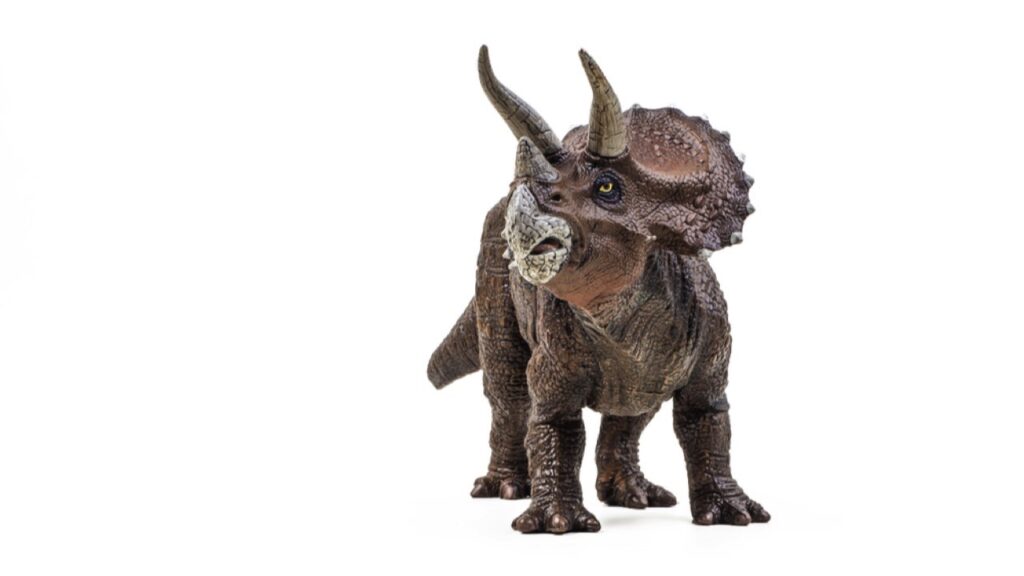Dinosaurs have captured the imaginations of people around the world for generations. These magnificent creatures once roamed the Earth, leaving behind fossils that give us a glimpse into the distant past. In the United States, several states have officially recognized specific dinosaurs as their state symbols, celebrating the rich paleontological heritage of their regions.
Arizona: Sonorasaurus
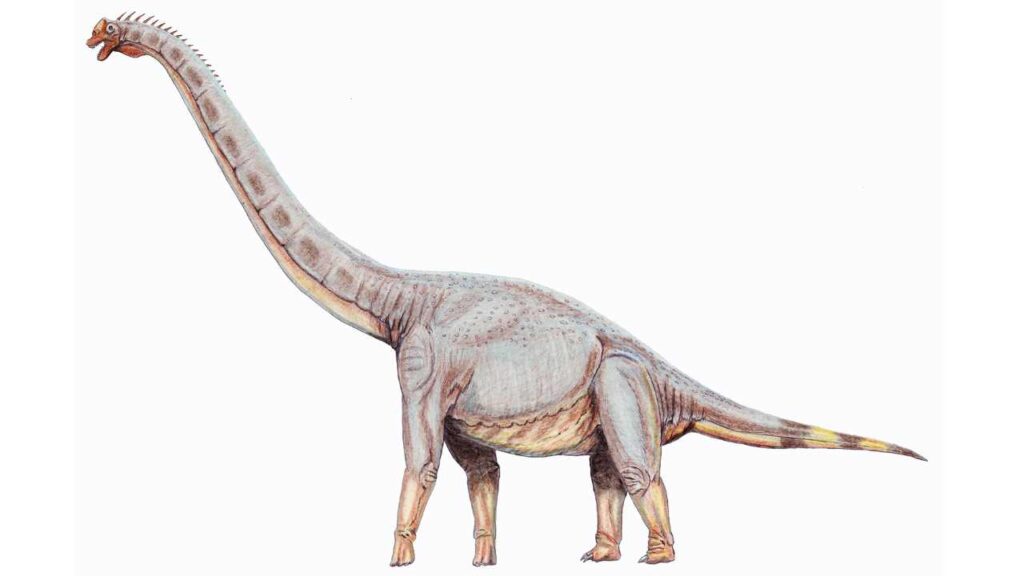
Sonorasaurus is a sauropod dinosaur that lived during the Early Cretaceous period, around 112 million years ago. This gentle giant was named after the Sonoran Desert in Arizona, where its fossils were first discovered. Sonorasaurus is estimated to have been about 50 feet long and weighed around 40 tons.
Arkansas: Arkansaurus
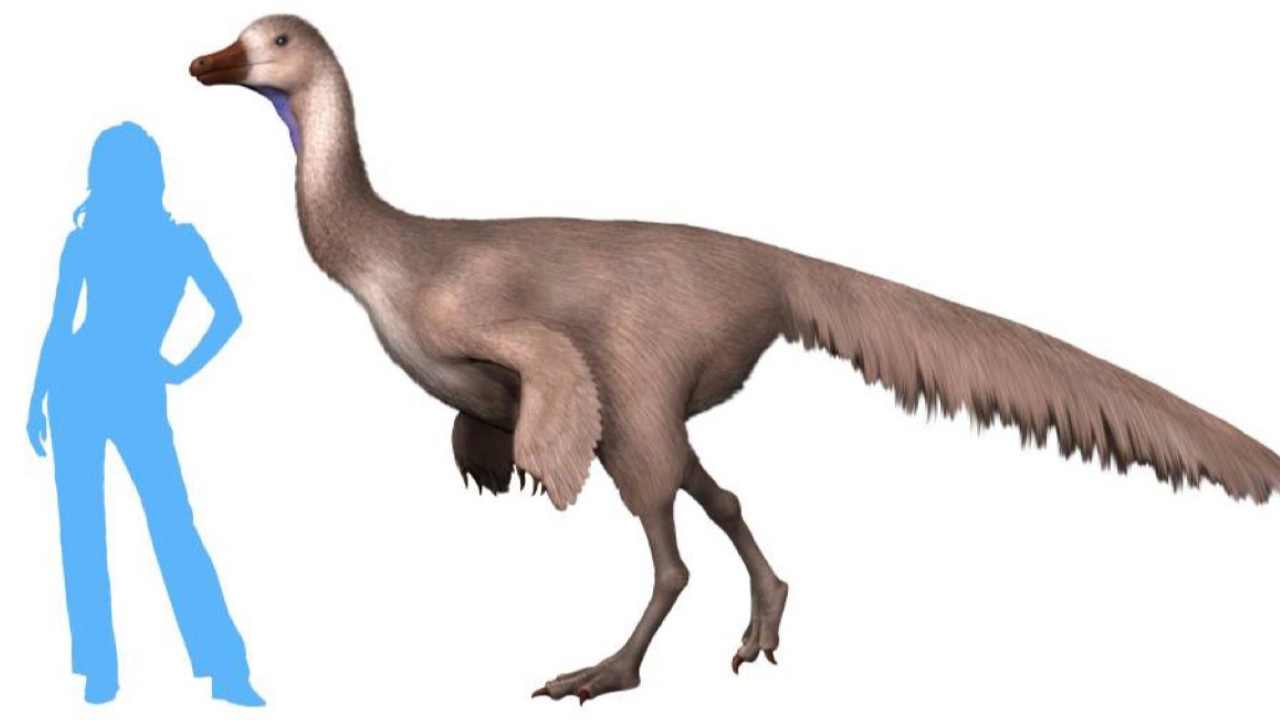
Arkansaurus is a small, bipedal dinosaur that lived during the Early Cretaceous period. Its fossils were discovered in 1972 by a farmer named Joe B. Friday, and the dinosaur was officially named Arkansaurus fridayi in his honor. Arkansaurus is the first dinosaur to be discovered in Arkansas.
California: Augustynolophus
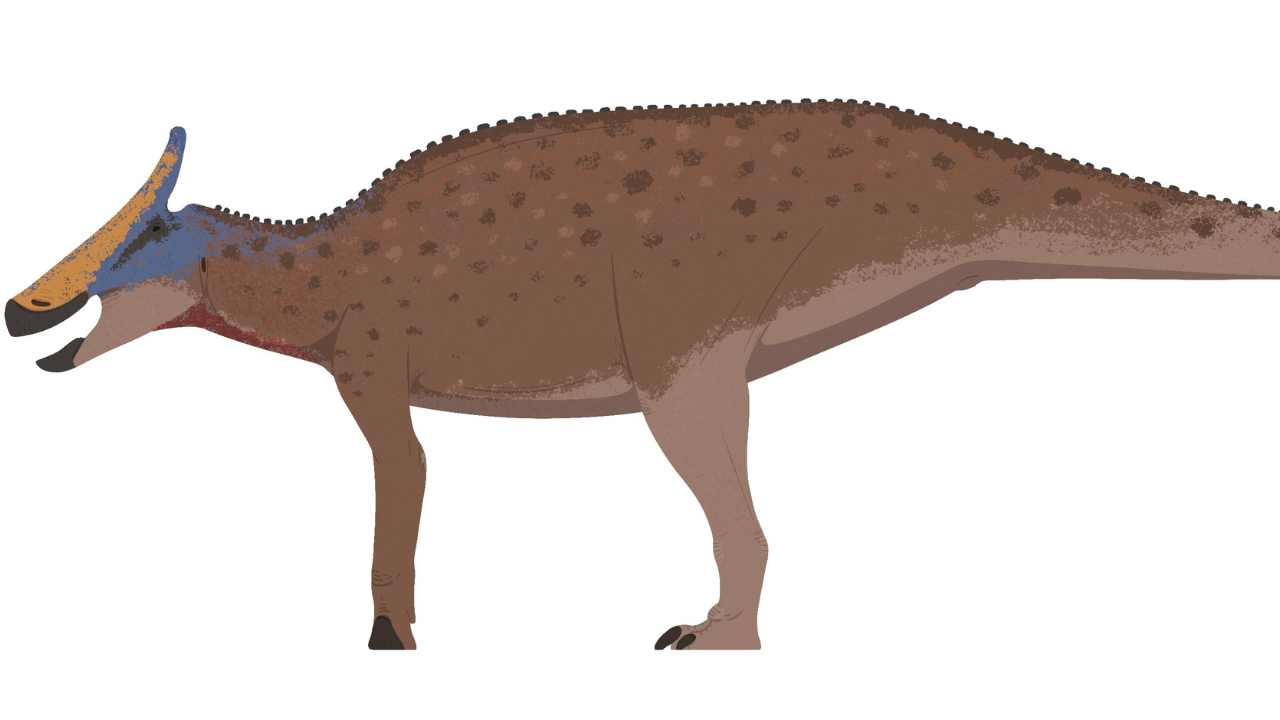
Augustynolophus is a hadrosaur, or duck-billed dinosaur, that lived during the Late Cretaceous period. This plant-eating dinosaur was named after Gretchen Augustyn, a philanthropist who supported paleontological research in California. Augustynolophus is one of the best-known dinosaurs from the state.
Connecticut: Dilophosaurus
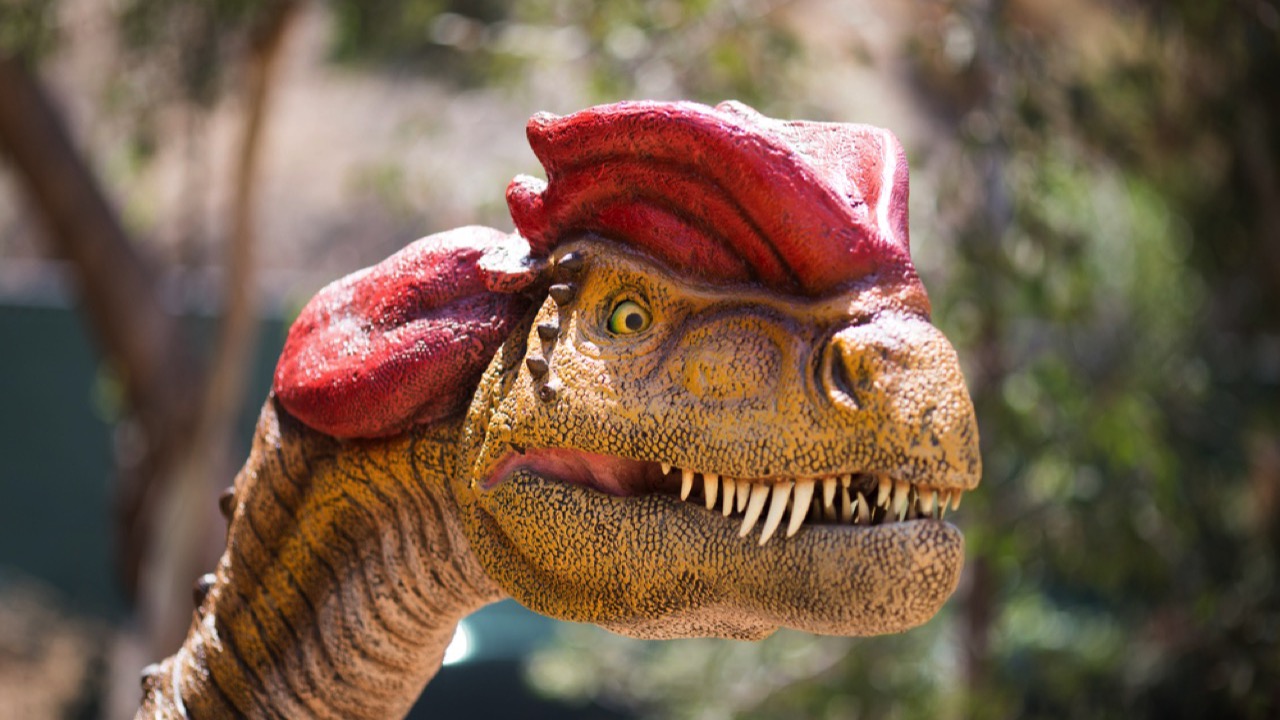
Dilophosaurus is a theropod dinosaur that lived during the Early Jurassic period, around 193 million years ago. This dinosaur is known for its distinctive pair of crests on its skull and its relatively small size compared to other theropods. Dilophosaurus is one of the earliest known Jurassic dinosaurs in North America.
Maryland: Astrodon
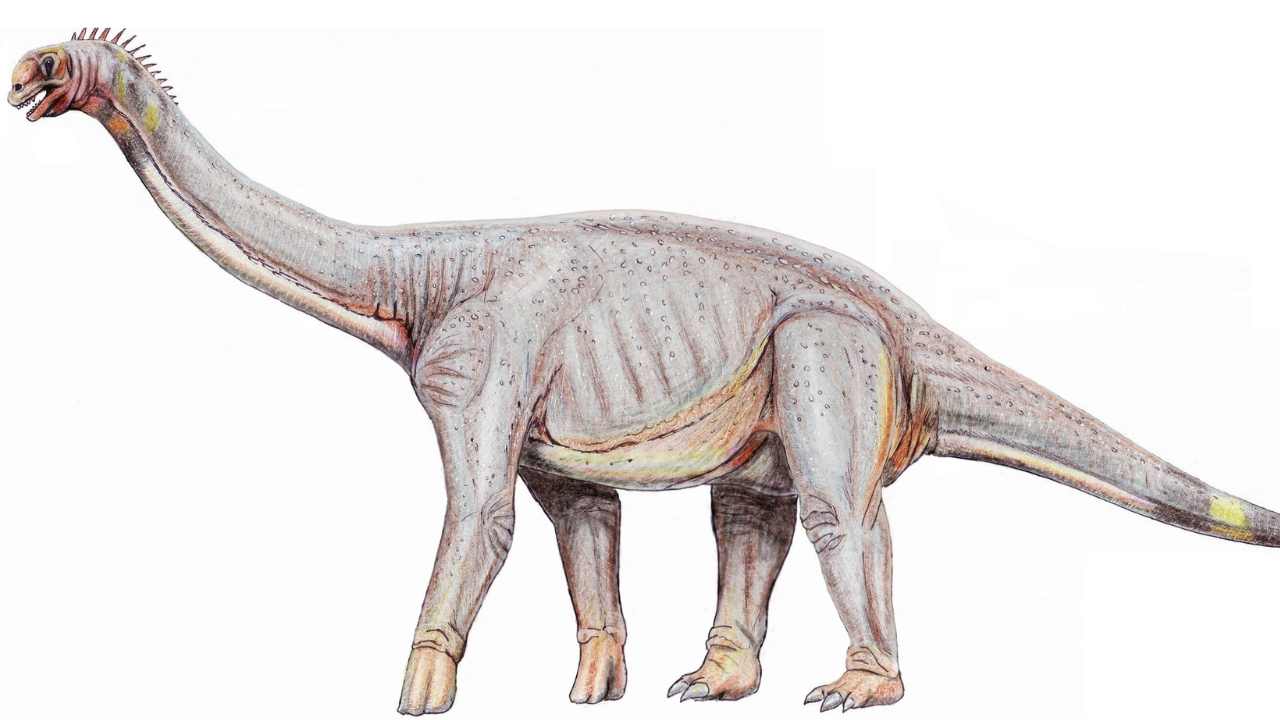
Astrodon is a sauropod dinosaur that lived during the Early Cretaceous period. Its fossils were first discovered in Maryland in 1858, making it one of the earliest dinosaur discoveries in the United States. Astrodon, which means “star tooth,” was named after the star-shaped cross-section of its teeth.
Missouri: Parrosaurus
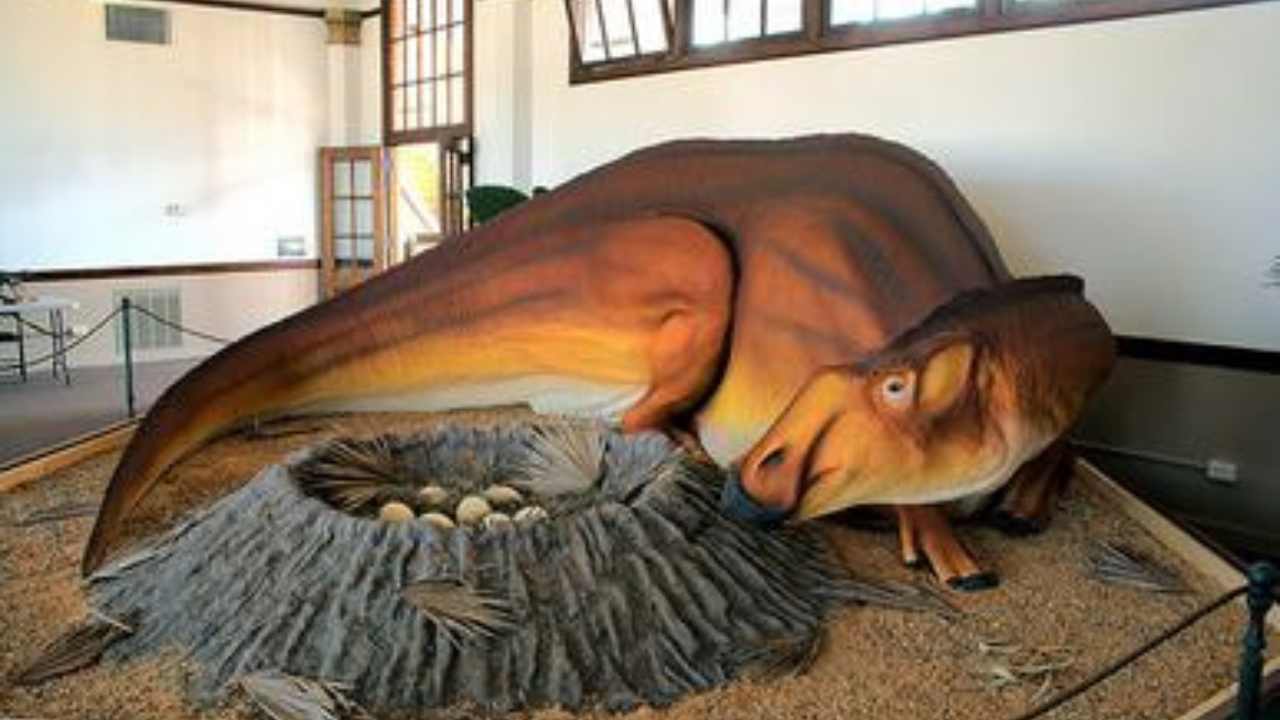
Parrosaurus is a genus of hadrosaur that lived during the Late Cretaceous period. Its fossils were discovered in Missouri in the early 1900s, and it was named after the state’s Parrosaurus missouriensis, which means “near lizard from Missouri.” Parrosaurus is one of the few dinosaurs known from the state.
New Jersey: Hadrosaurus

Hadrosaurus is a duck-billed dinosaur that lived during the Late Cretaceous period. Its fossils were first discovered in New Jersey in 1858, making it one of the earliest known dinosaurs in North America. Hadrosaurus, which means “bulky lizard,” was a large herbivore that could grow up to 30 feet long.
Texas: Sauroposeidon proteles
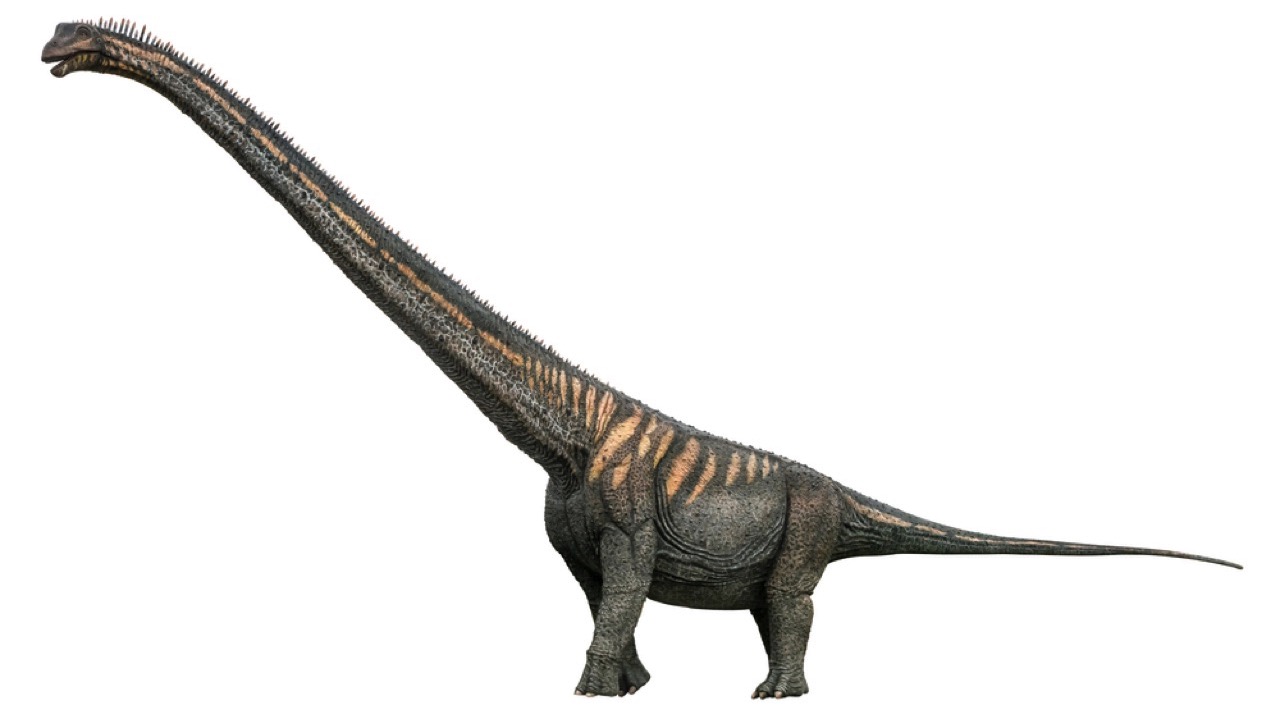
Sauroposeidon proteles, originally named Paluxysaurus jonesi, is a sauropod dinosaur that lived during the Early Cretaceous period. Its fossils were discovered in Texas in the 1980s, and it was named after the Paluxy River, where the fossils were found. Sauroposeidon is one of the largest known dinosaurs, with an estimated length of up to 100 feet.
Utah: Utahraptor
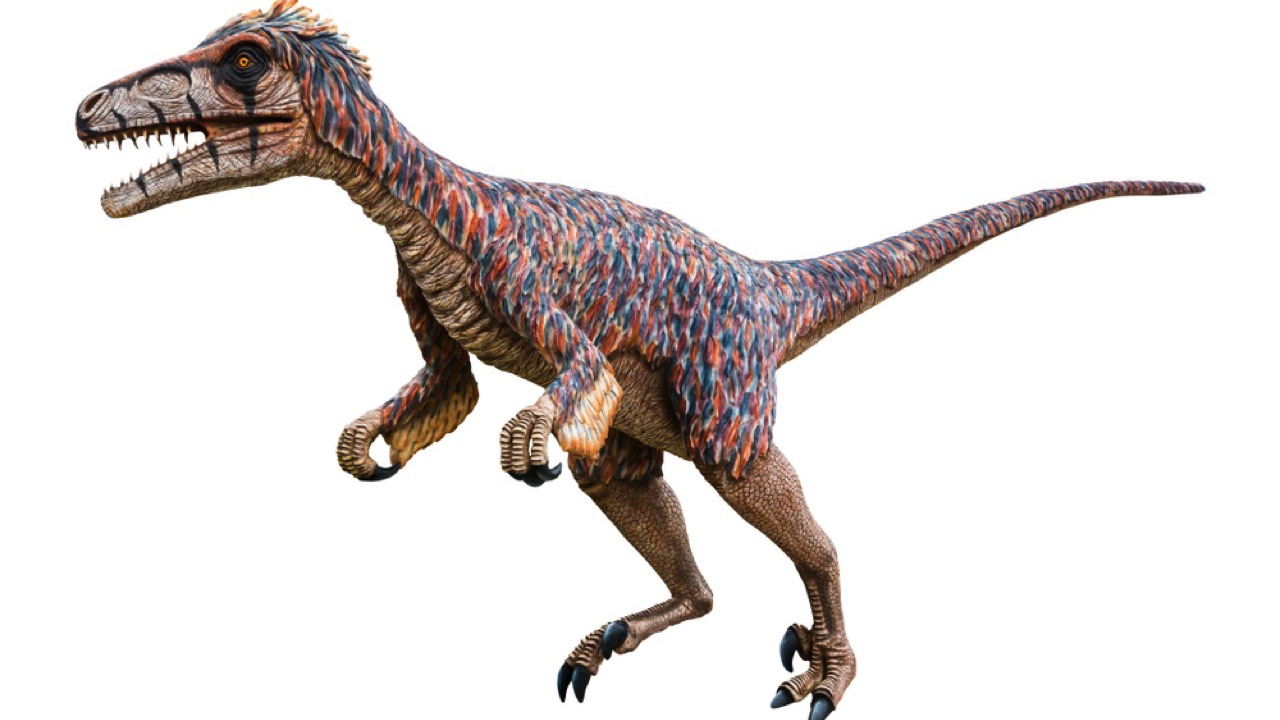
Utahraptor is a large, feathered dromaeosaurid dinosaur that lived during the Early Cretaceous period. Its fossils were first discovered in Utah in 1975, and it was named after the state. Utahraptor is one of the largest known raptors, with an estimated length of up to 23 feet.
Wyoming: Triceratops
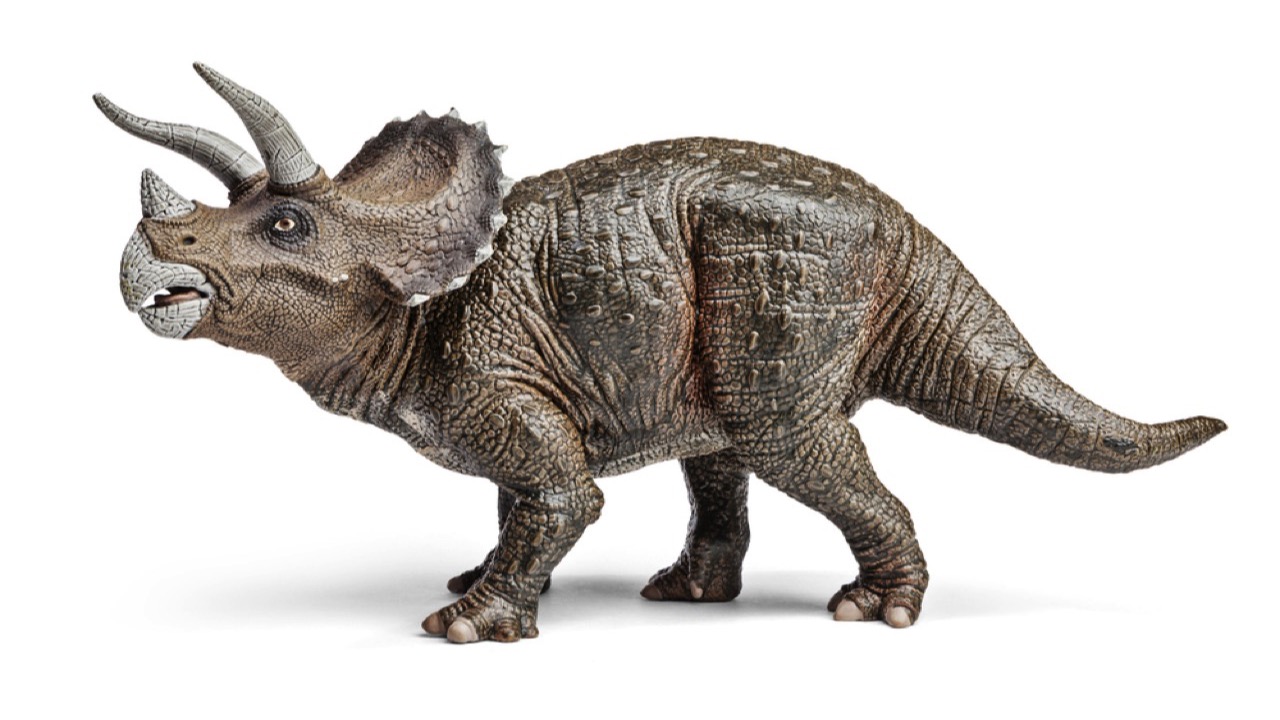
Triceratops is a well-known ceratopsid dinosaur that lived during the Late Cretaceous period. Its fossils have been found in several states, including Wyoming, where it was designated as the state dinosaur. Triceratops is easily recognizable by its three horns and large, bony frill on its skull.
Becky is a fervent wildlife enthusiast and pet care expert with a diploma in canine nutrition. Her love for animals stretches beyond the domestic, embracing the wild tapestry of global fauna. With over a decade of experience in animal welfare, Becky lends her expertise to OutlandishOwl through insightful articles, captivating wildlife information, and invaluable guidance on pet nutrition. Her work embodies a deep commitment to understanding the intricate lives of animals and a passion for educating others on sustaining natural habitats. Becky's hands-on conservation efforts and her knack for translating complex dietary science into practical pet feeding tips make her an indispensable voice for creatures great and small.

